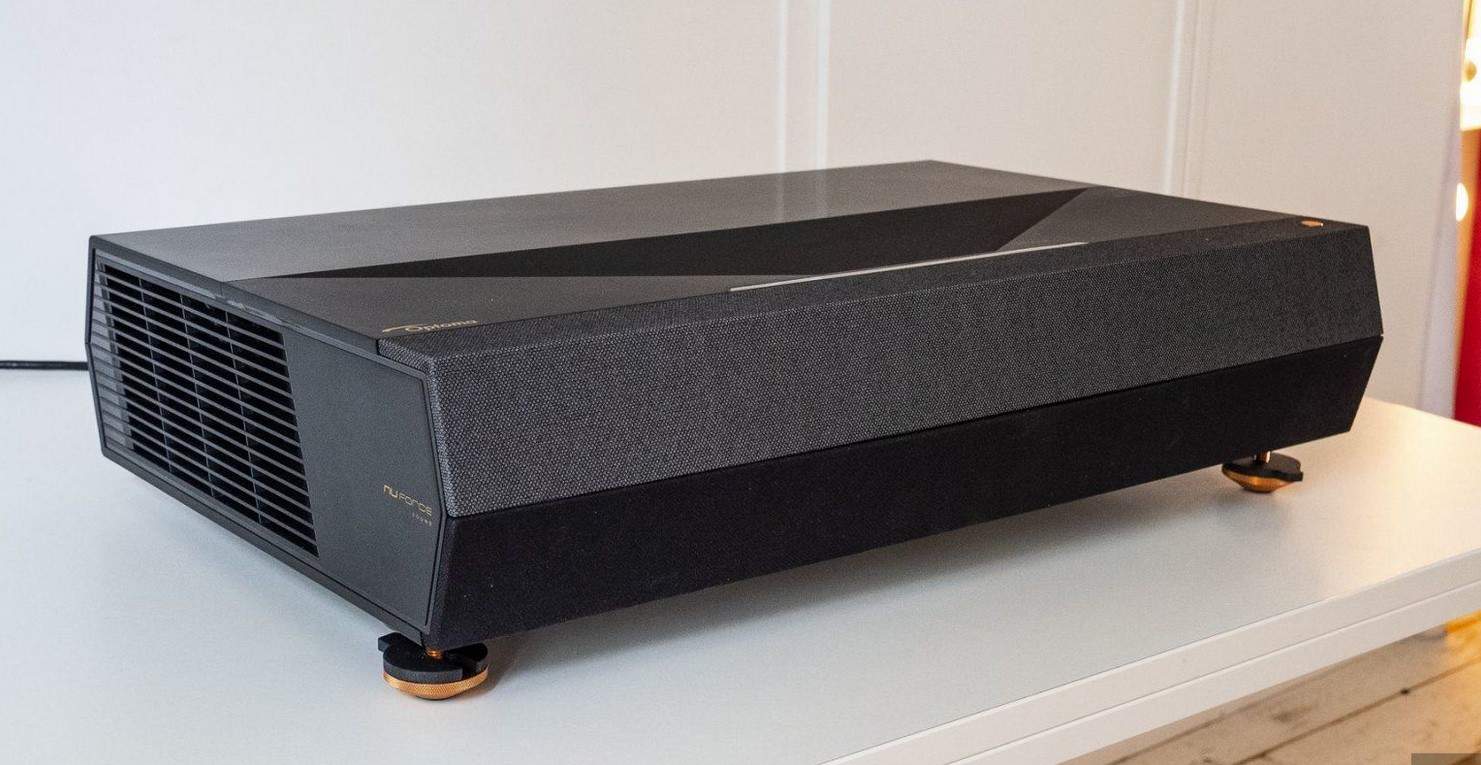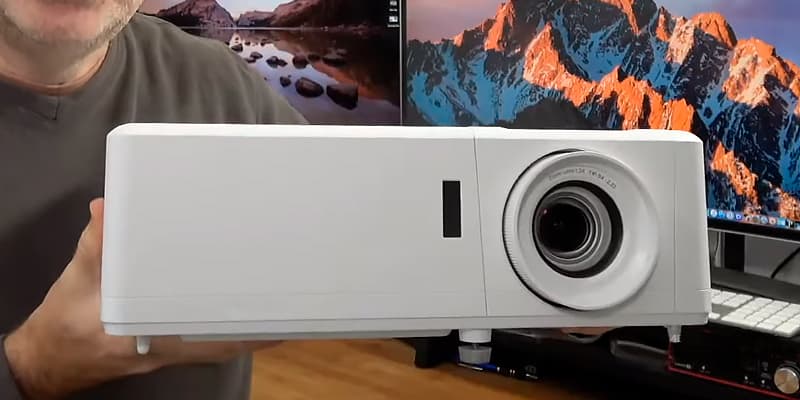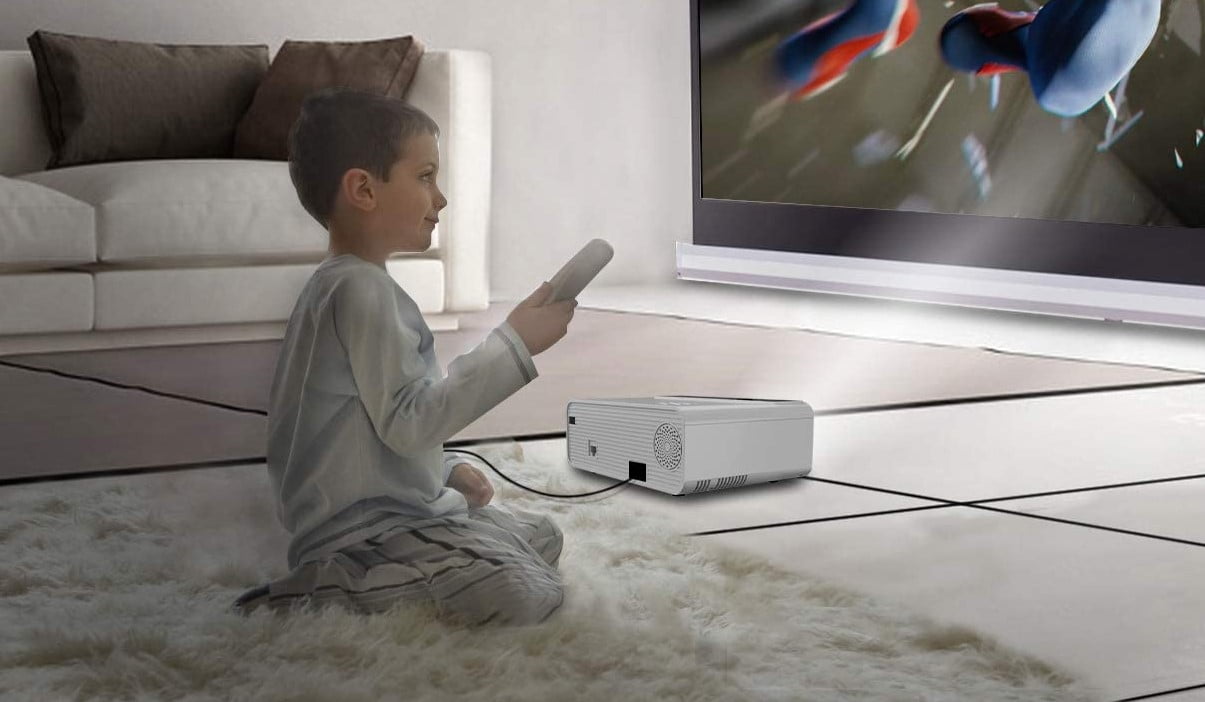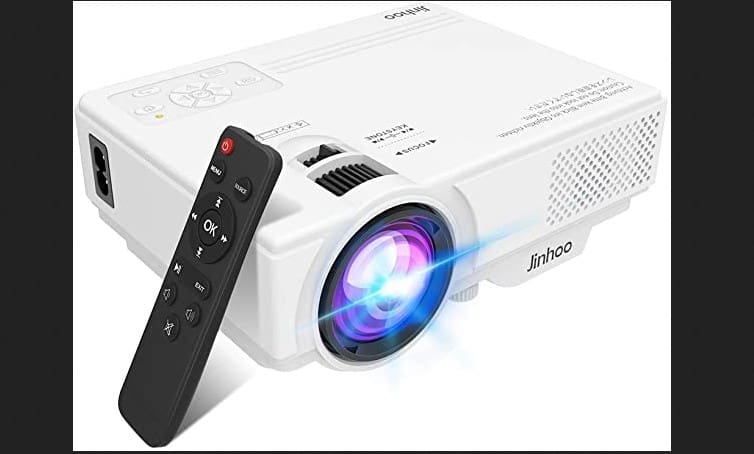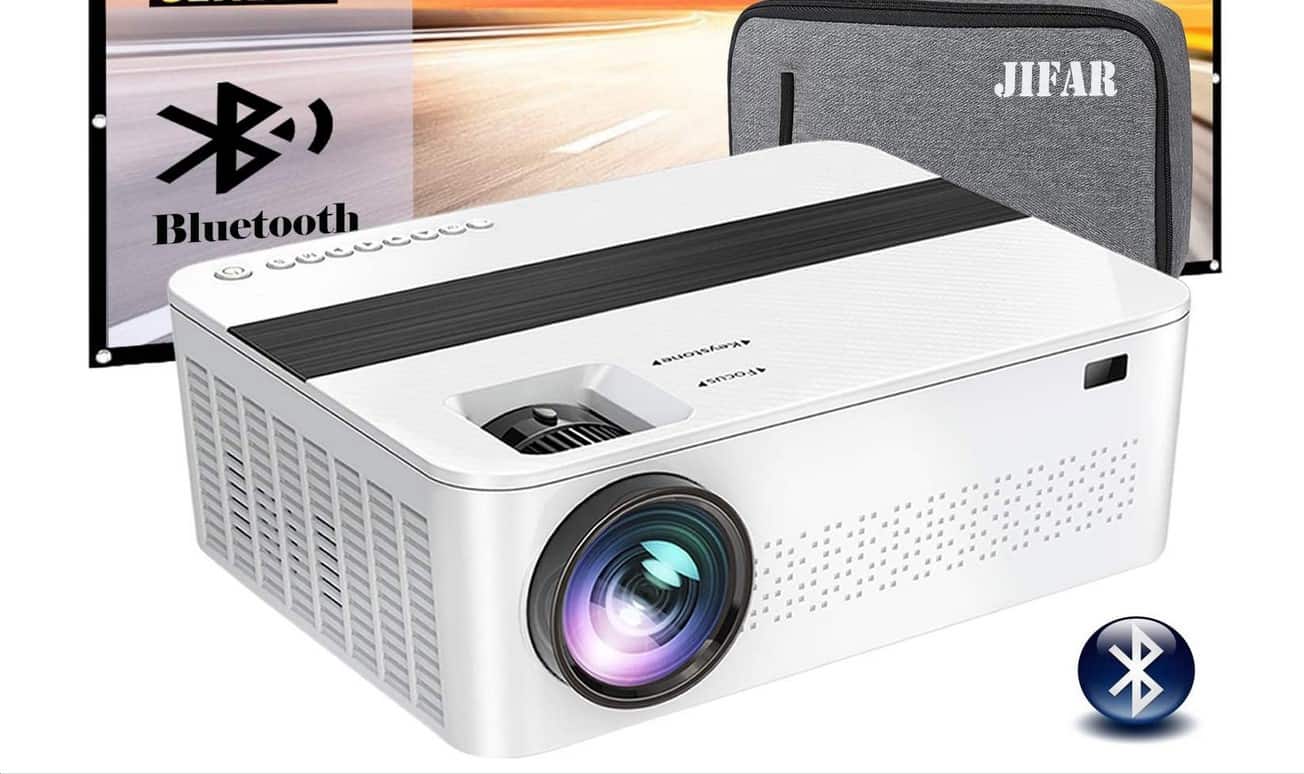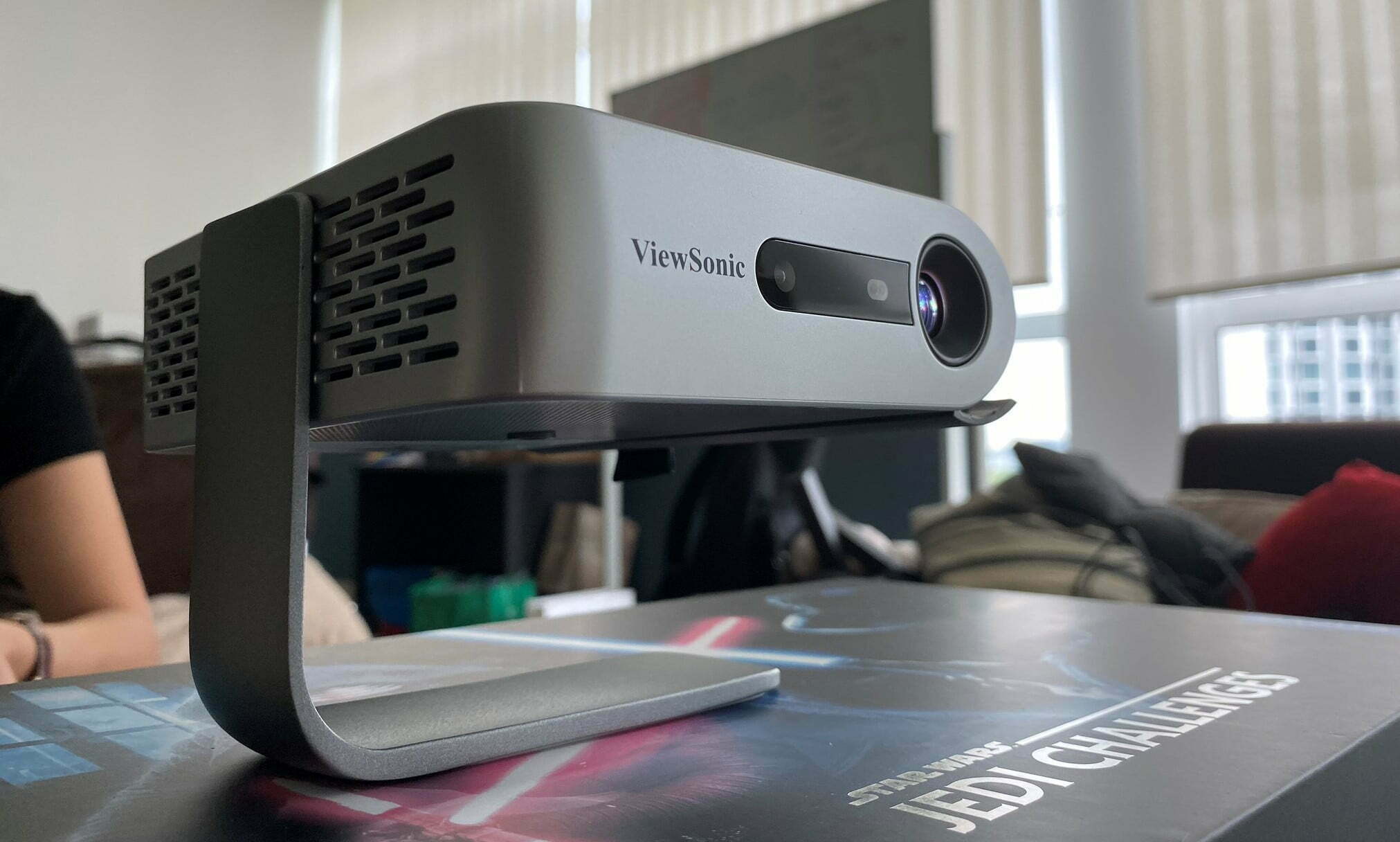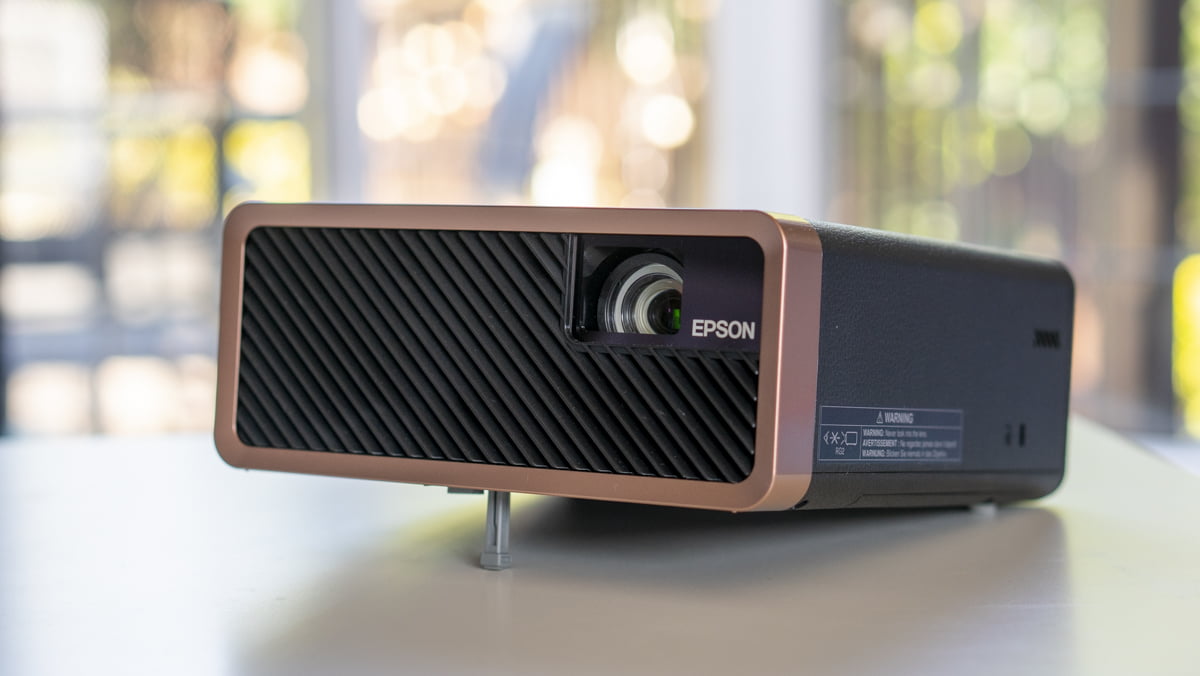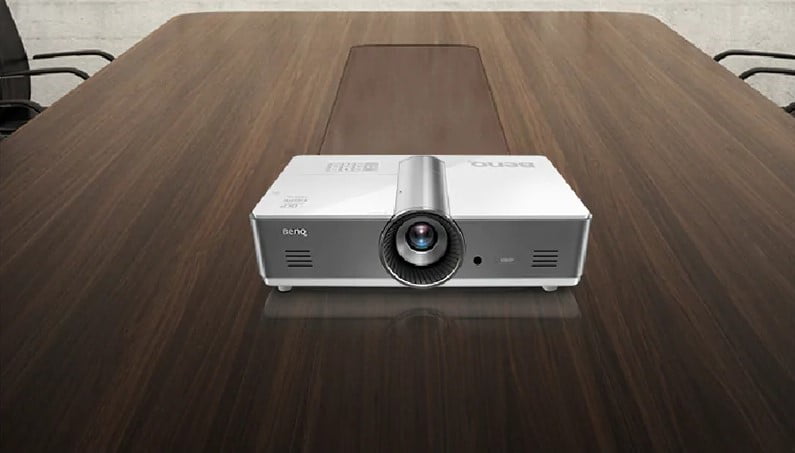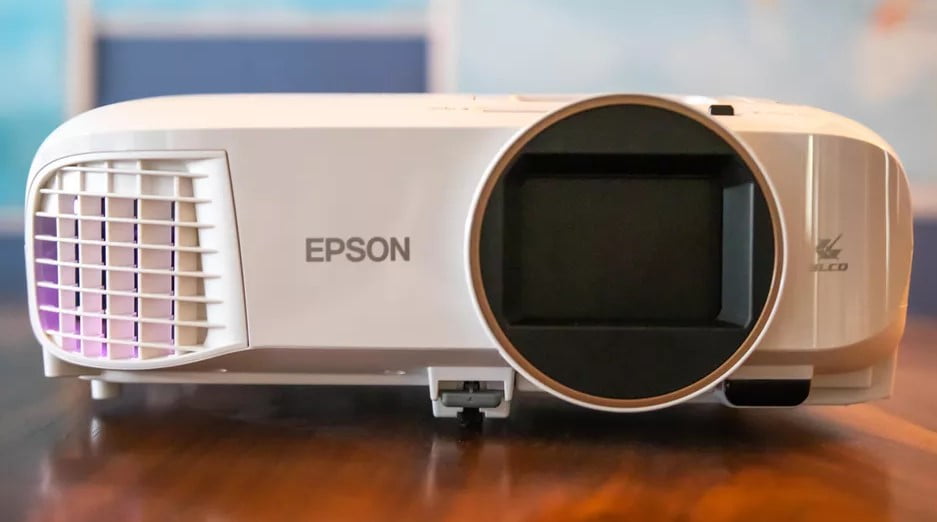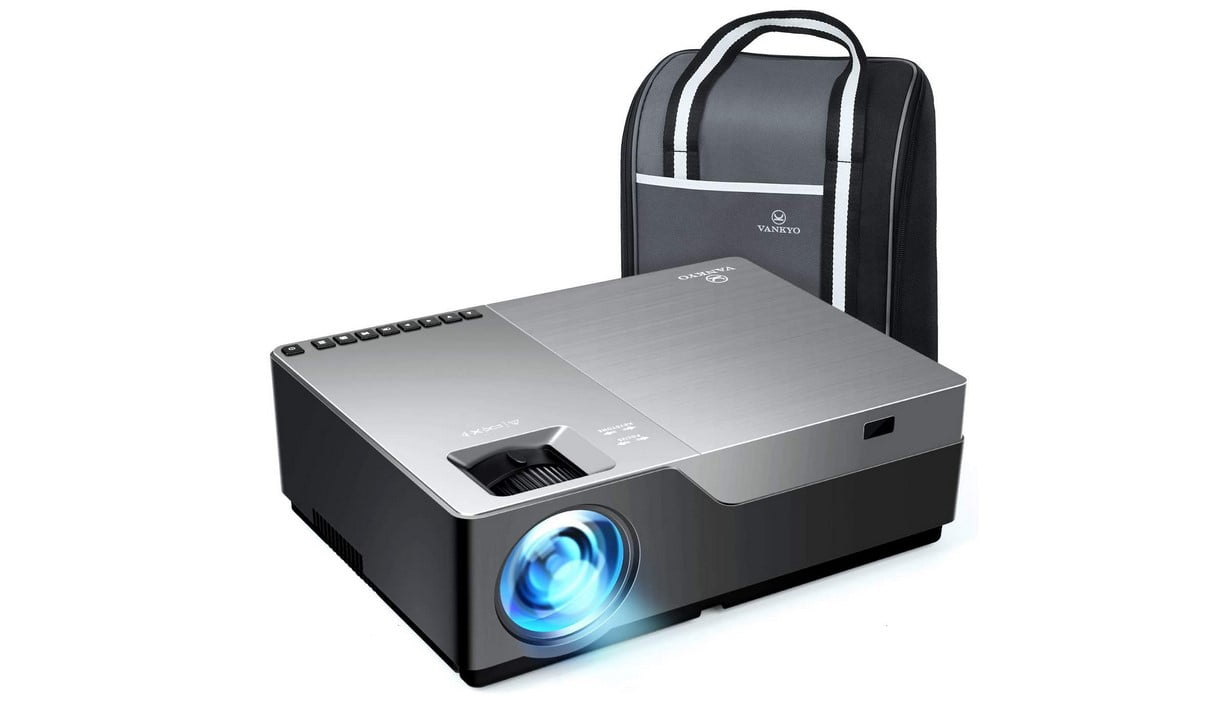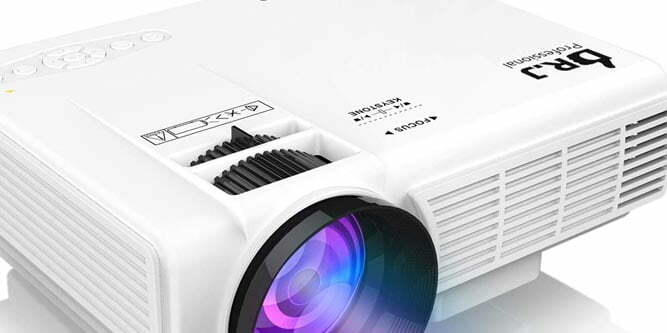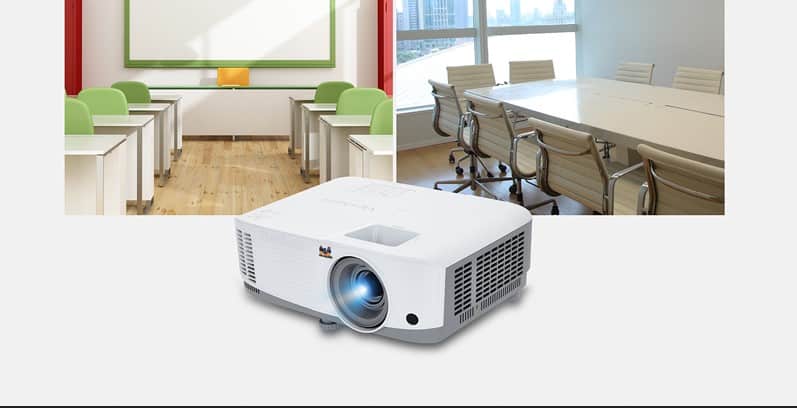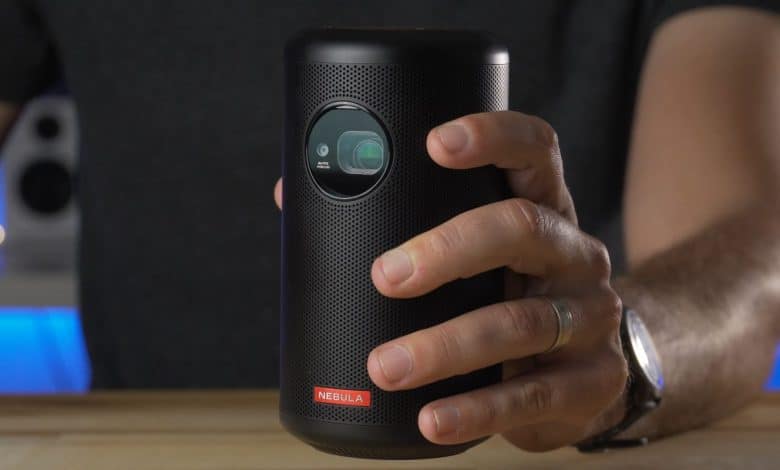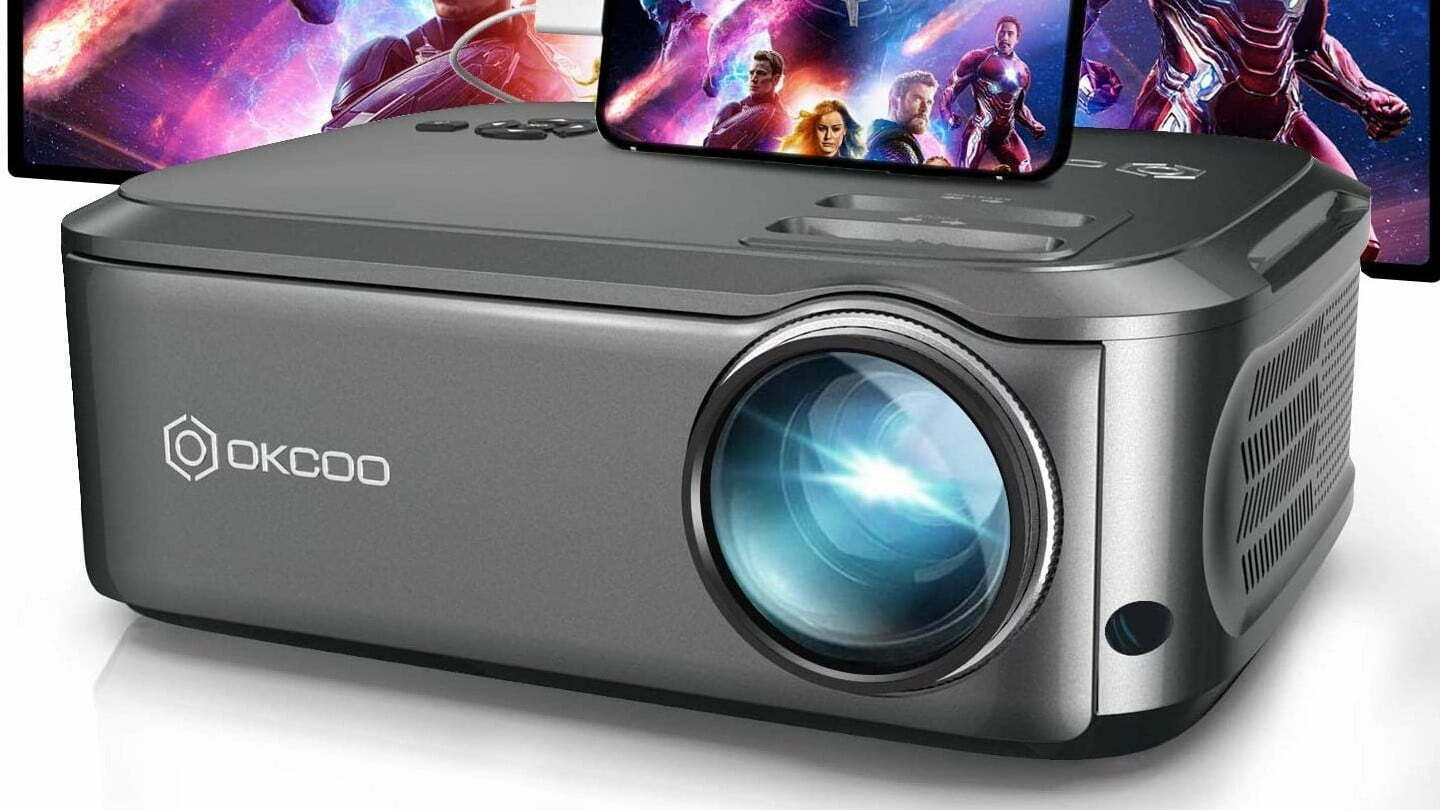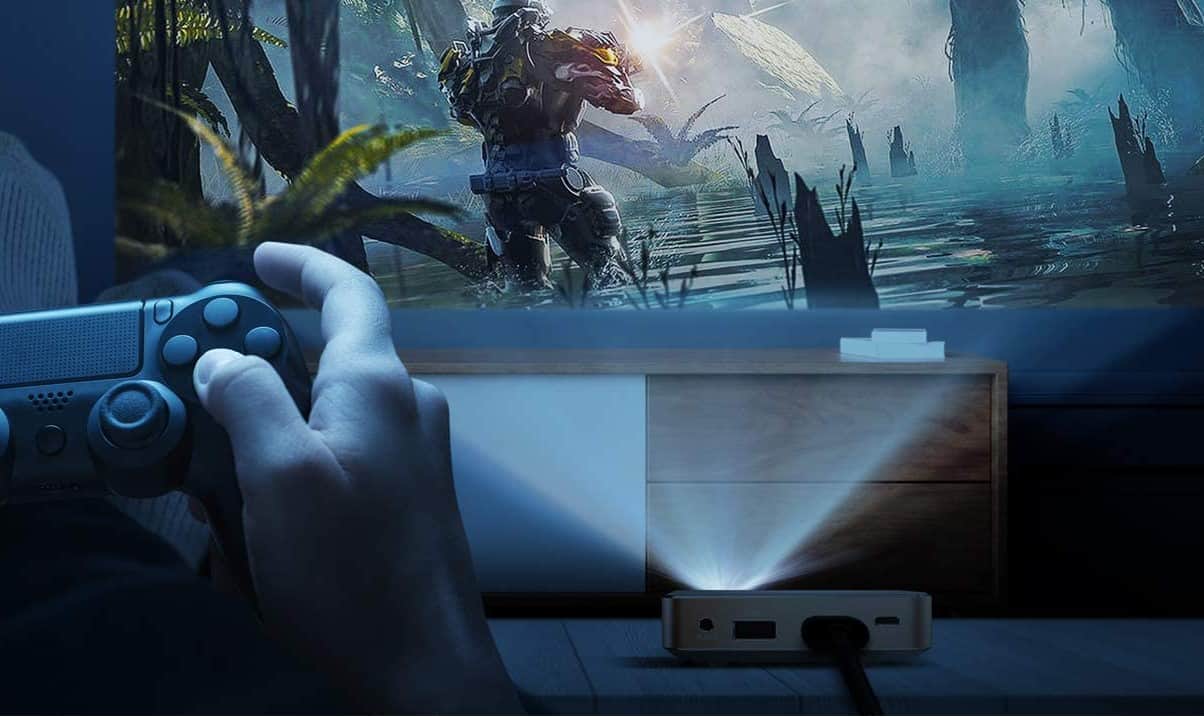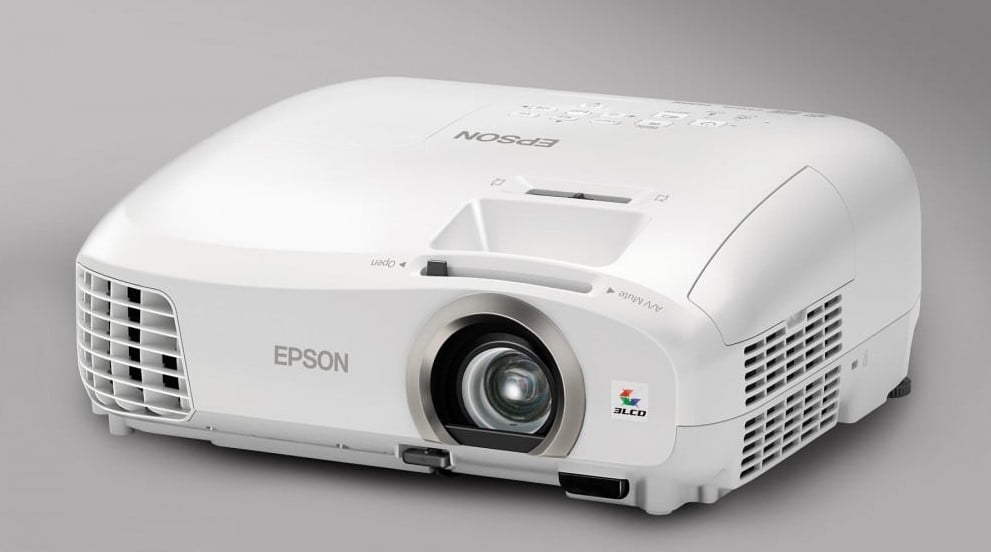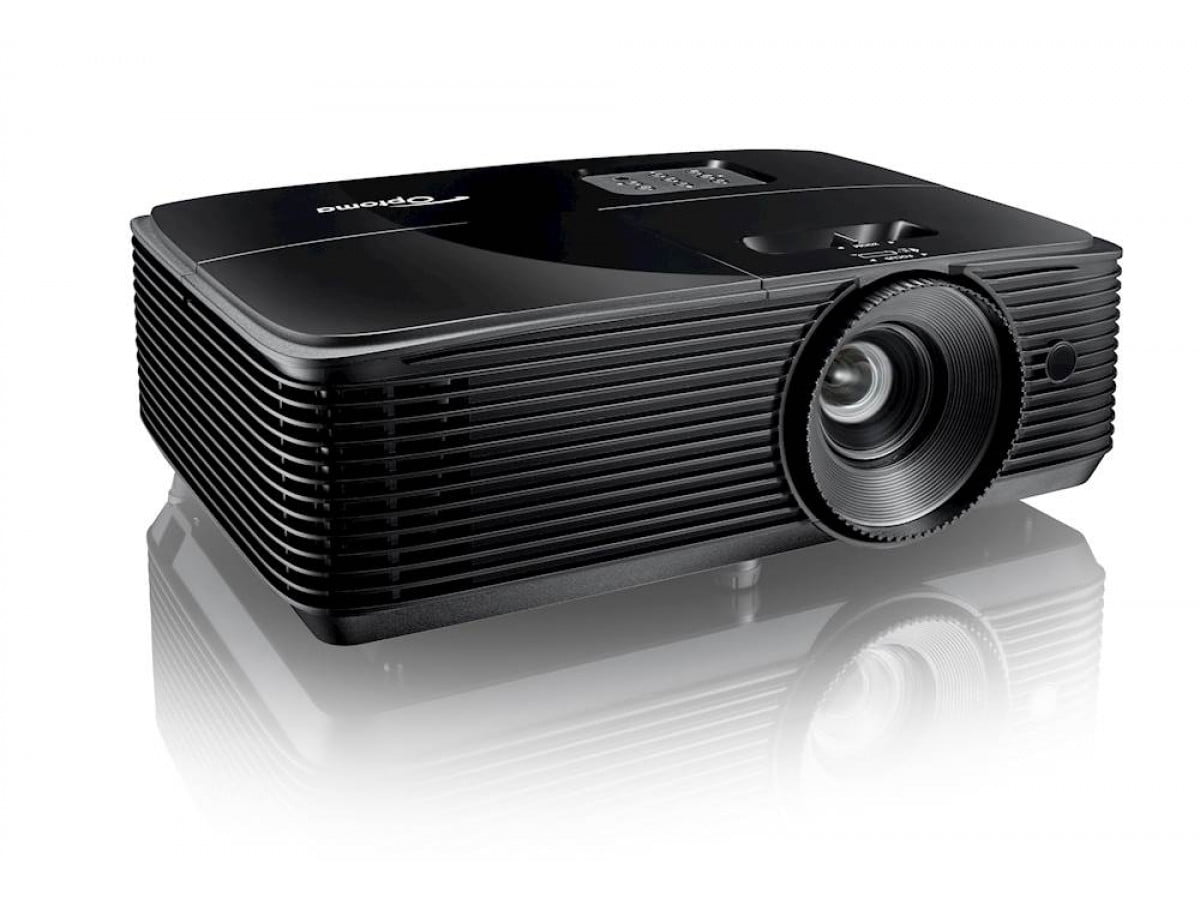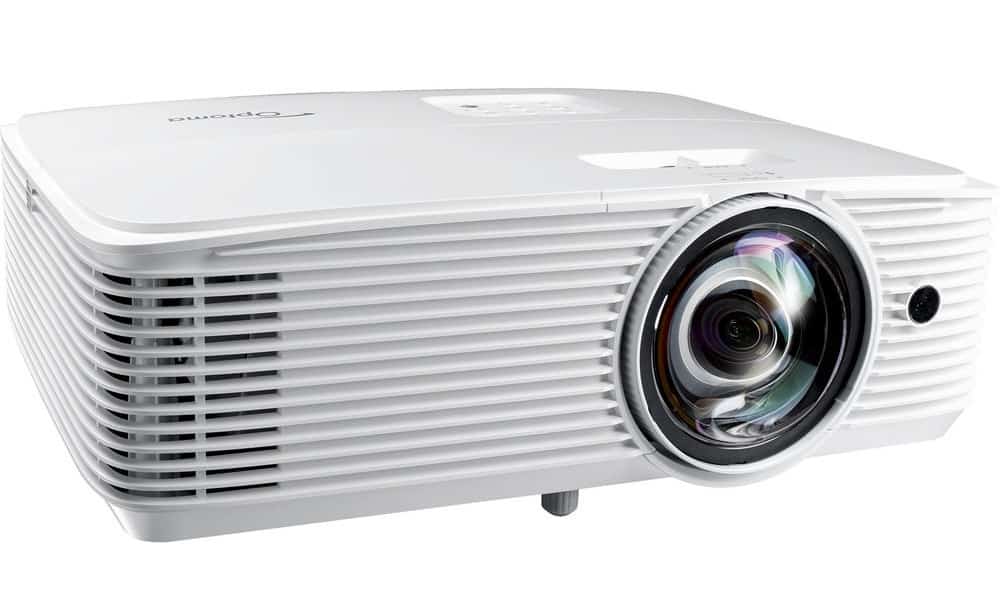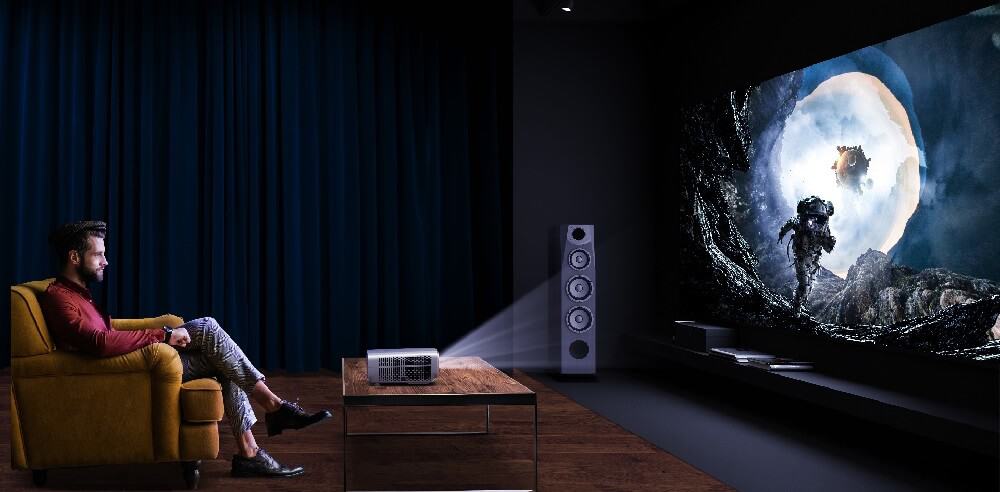You may find that the projectors you are considering buying have three possible light sources: laser, lamp, or light-emitting diode (LED.) However, you probably don’t know the advantages of a laser projector vs. a lamp projector. The traditional lamp-based projector has been around for a long time, and it still remains incredibly popular. However, since the introduction of laser technology in the projection process, laser projectors have steadily increased in popularity, rising to a similar level as lamp-based devices. Read on to find out more about the best projectors.
KEY TAKEAWAYS:
- Lamp projectors use a high-pressure mercury arc lamp as a backlight and a color filter to create images that are projected on a screen.
- Laser projectors offer an instant projection method that utilizes a laser and a color wheel to provide good quality images.
- Laser projectors have the advantage in many ways, including brightness and lifespan.
Lamp vs. Laser Projectors
Many brands offer a wide variety of projector models that include either lamps or lasers as their light source. Lamp-based projectors often don’t last but provide an affordable, familiar option for consumers, but laser models may perform better in brightness and lifespan during projection. Leading laser InFocus projectors do not contain mercury, while lamp models do. Additionally, the technology that uses the lights can play an essential factor in the device’s performance, as well as the throw ratio that you’ll find in many of the top ultra-short-throw projectors. To find out more about these technologies, check out our articles covering DLP vs. LED projectors and Laser vs LED projectors.
Insider Tip
Lamp-based projectors often are more affordable than laser projectors, and you can purchase replacement lamps.
How Does a Lamp Projector Work?
Projectors that use lamps typically use ultra-high-performance lamps, which are high-pressure mercury arc lamps. Lamp projectors have to warm up every time you power them up, meaning there is a gap between when you press the power button and when the projector will start projecting. These devices provide good image quality, and you can buy projector lamp replacement bulbs. However, they consume more power than other projectors and do not have the same life expectancy.
How Does a Laser Projector Work?
Laser projectors utilize laser light to create the projected image, as the name implies. These devices offer long-lasting light sources using a semiconductor laser. The laser passes through the color wheel within the projector and bounces off mirrors inside the device to create the image on the projector screen. Unfortunately, this technology sometimes suffers from the rainbow effect, which occurs due to delayed adjustment of the spinning color wheel. Because of its exceptional brightness, a laser projector should be considered when debating whether you want an outdoor TV vs. a projector.
Comparison of Lamp vs. Laser
- Brightness: A laser projector gives off over 3,500 American National Standards Institute (ANSI) lumens, while a lamp-based one gives off over 2,000 ANSI lumens. As a result of the inherent brightness of lasers, laser products can be used in places with bright ambient light, and the same picture created using a lamp would be harder to see.
- Costs: Laser projectors initially cost more than lamp-based projectors, but the cost should decrease as these devices continue to gain popularity. At the moment, lamp models are the least expensive of the three available light sources. However, lamps often need to be replaced sooner, so you may end up with an equivalent cost in the long run.
- Life: Lamp life amounts to an average of 10,000 hours when run in Eco mode, and a laser version has double that life with 20,000 hours in Eco mode. It is important to note that either light source may not last as long if run using the normal or standard mode.
- Size: Laser devices are typically larger than lamp models. As a result, laser projectors can be harder to move, so they are traditionally used in businesses or schools in one location. Although they are smaller than laser projectors, lamp-based models remain larger than LED models.
- Noise: Laser and lamp products both utilize a spinning color wheel that adjusts thousands of times a second, so they both make noise. However, you may notice that laser models are louder than lamp projectors and that both are louder than LED versions. In this case, you will have to weigh the effect of the noise against the other advantages of lamp and laser projectors.
Warning
Laser projectors are larger and noisier, but they provide better image quality and brightness.
F.A.Q.S
Which has the better picture quality?
The picture quality partly depends on the technology used alongside the lighting. Still, laser projection offers brighter pictures and videos with enhanced colors for a longer time than lamp projection does.
How much brightness do you need?
The amount of brightness you need depends on the setting and the ambient light where you are projecting. However, it doesn’t hurt to have higher possible brightness and adjust it to the desired level.
Which starts up quicker?
Laser projectors start up quicker than lamp models because they do not have to warm up their light sources. So if you are looking for a quick turnaround, you should stick with a laser projector.
STAT: LED and laser, or lamp-free projectors, are able to offer instant on/off capabilities. (source)
REFERENCES:
- https://www.benq.com/en-ap/business/resource/trends/what-is-a-laser-projector.html
- https://www.epson.com.sg/laser-projectors
- https://www.viewsonic.com/library/entertainment/lamp-vs-lamp-free-projectors/r
- https://en.wikipedia.org/wiki/Ultra-high-performance_lamp
- https://www.youtube.com/watch?v=0Dh_Qt6GxBs

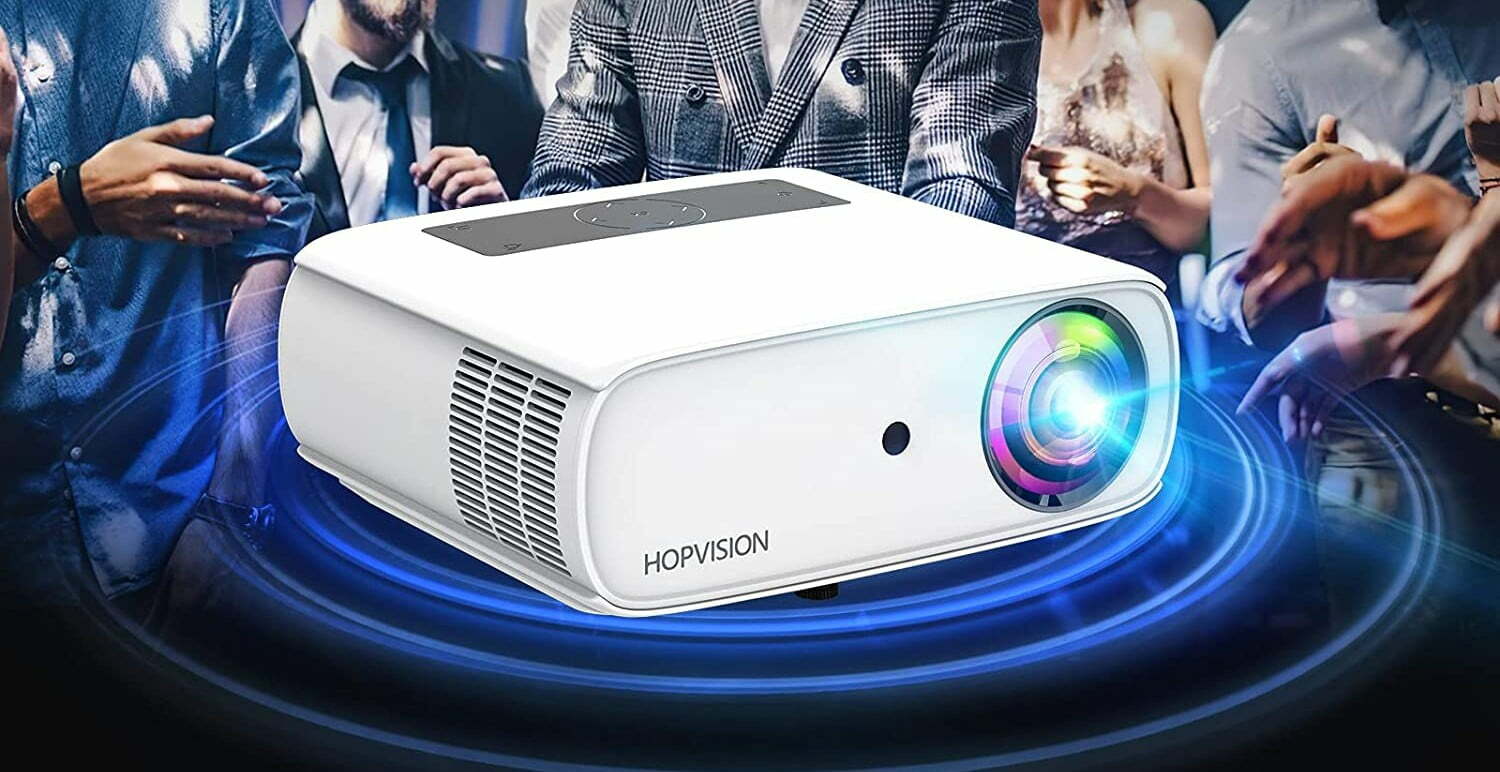














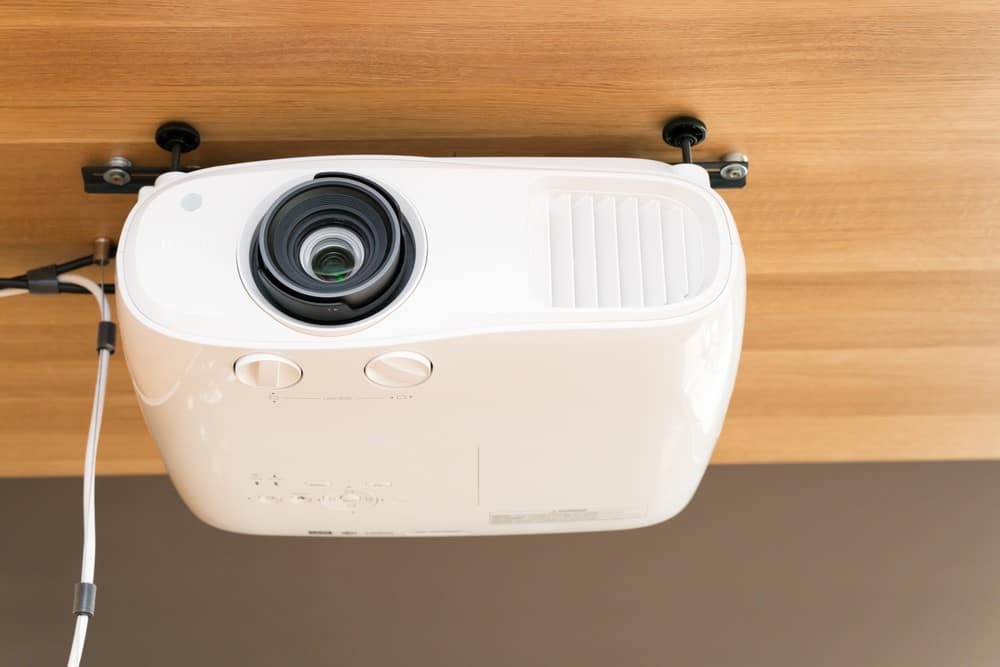
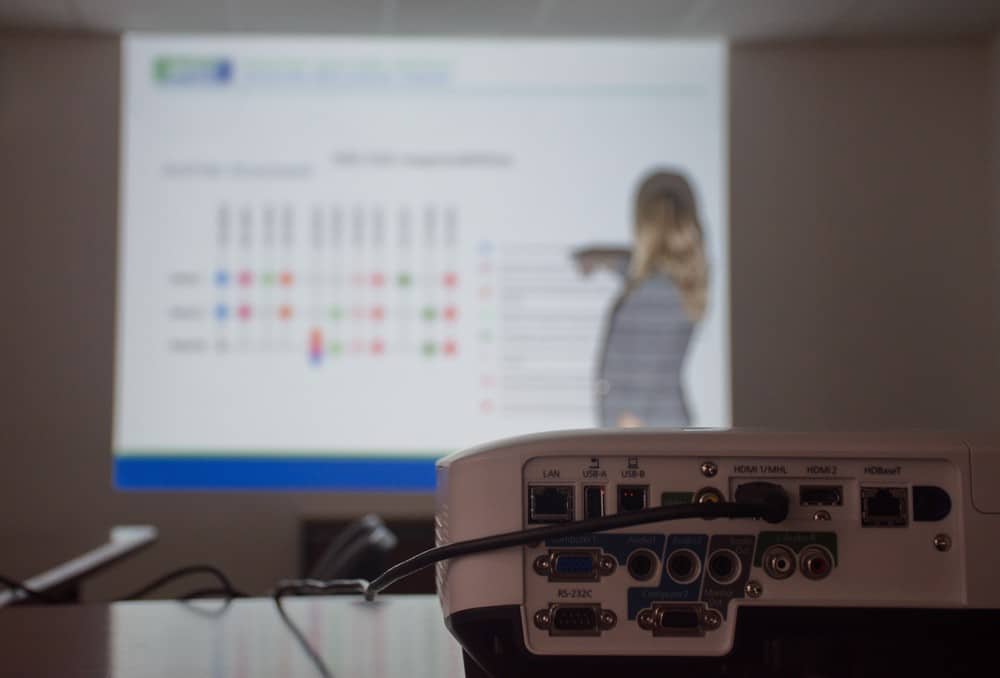



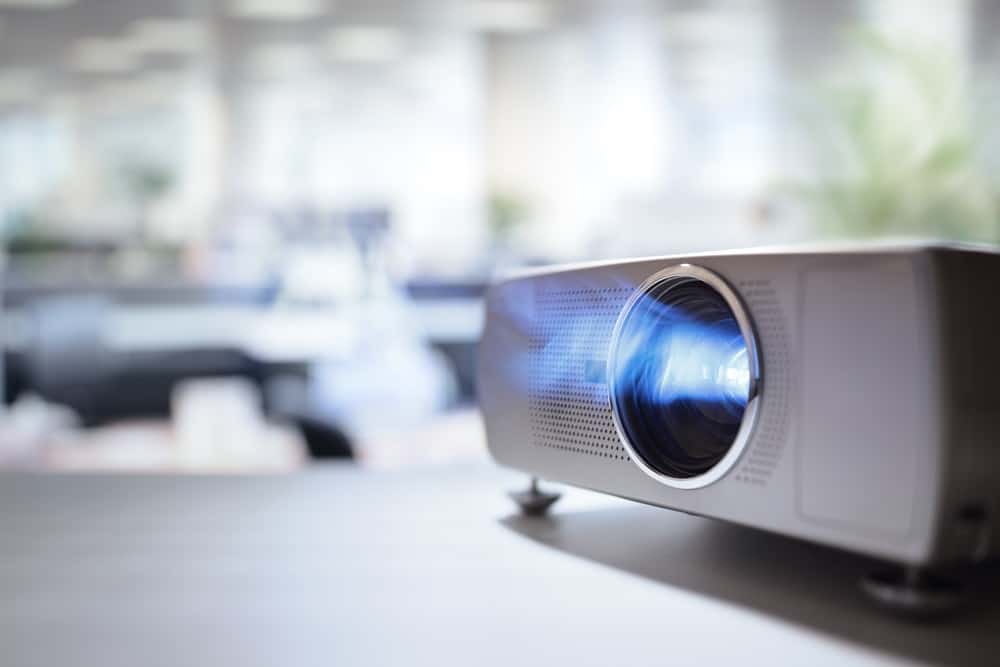
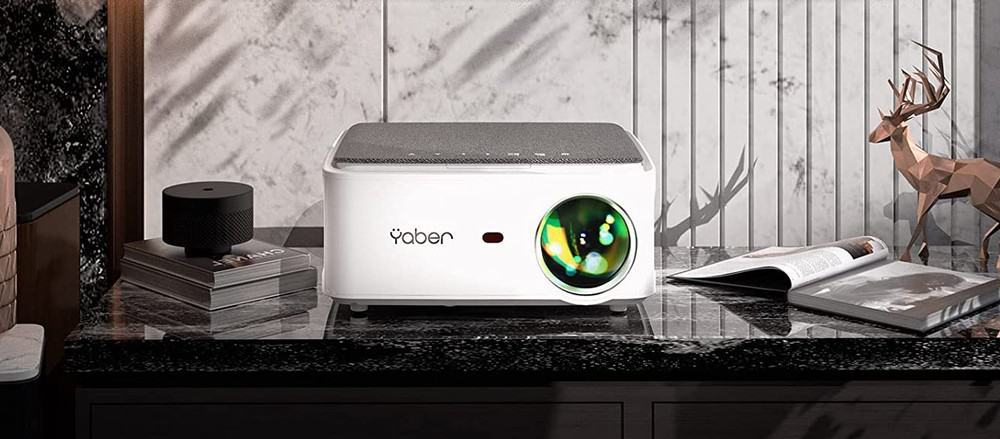

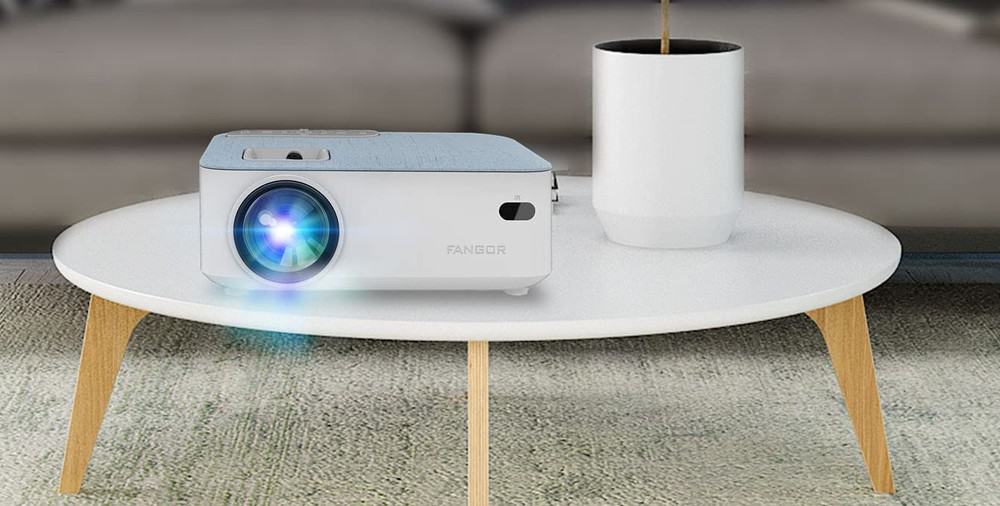

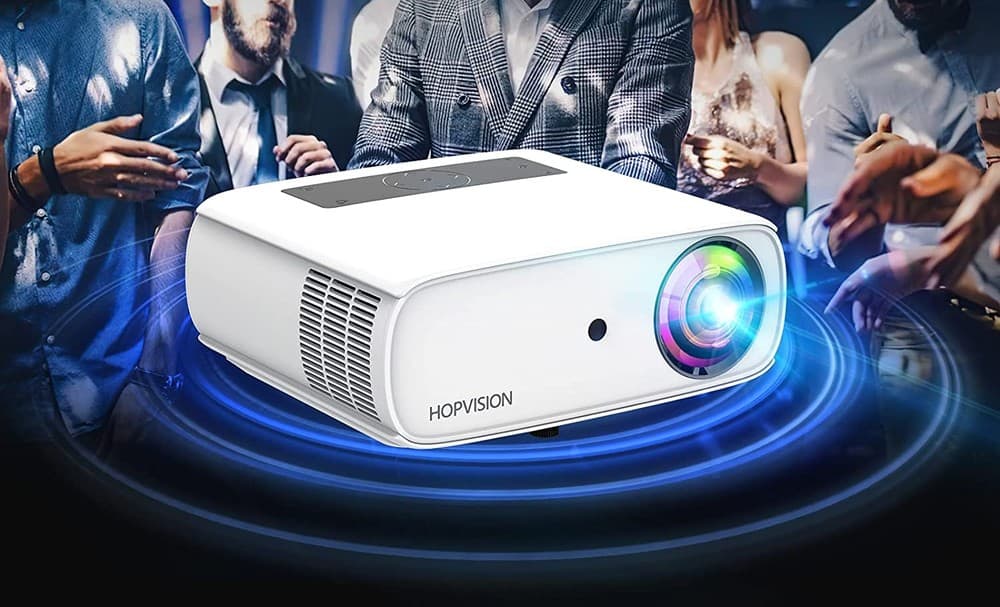

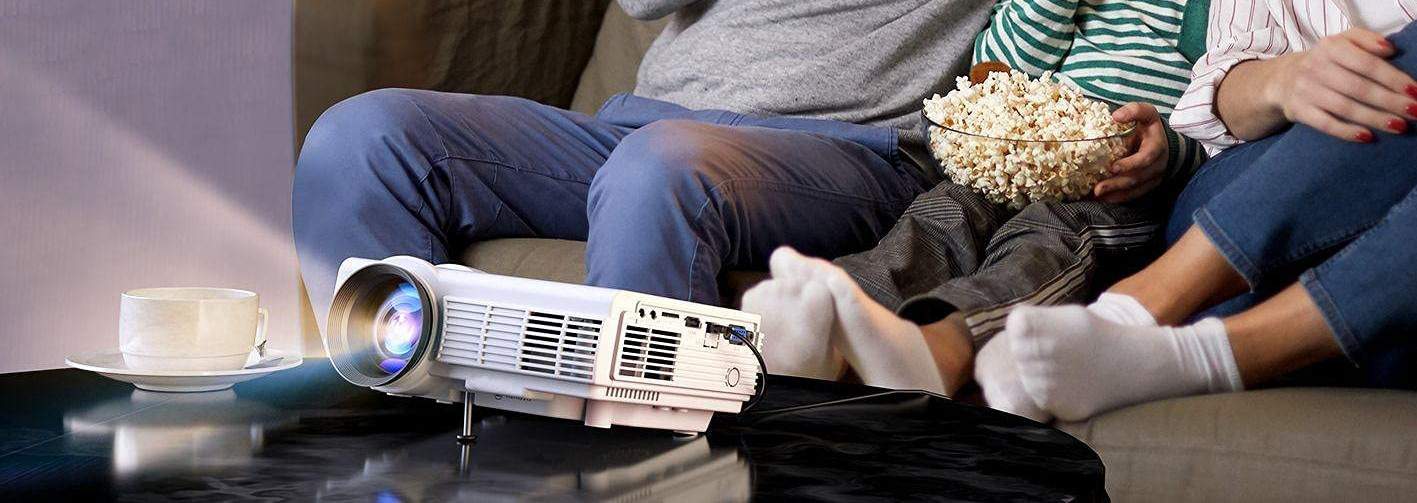
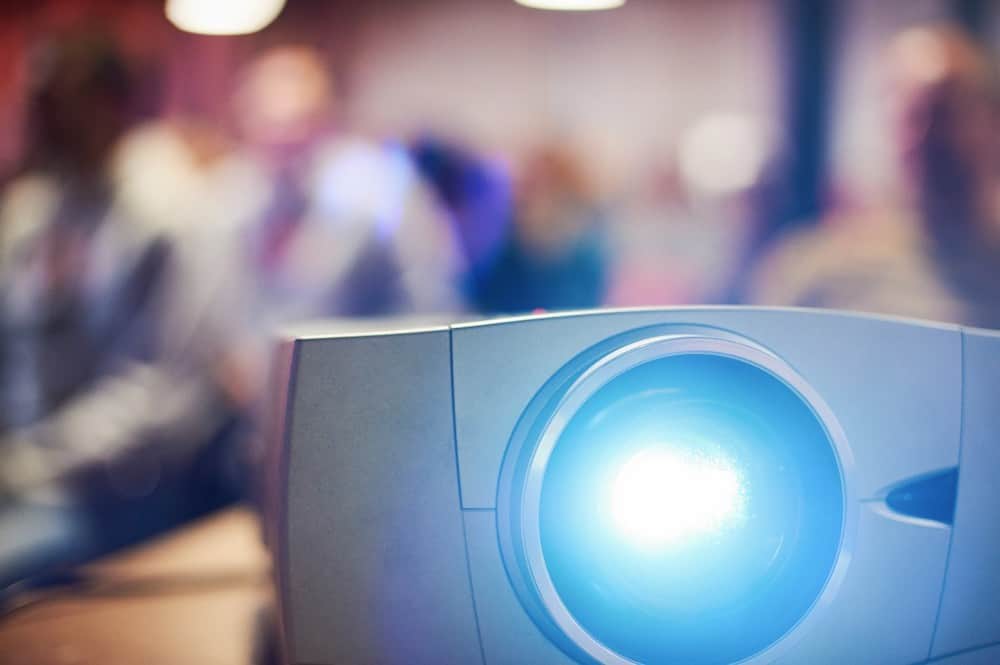
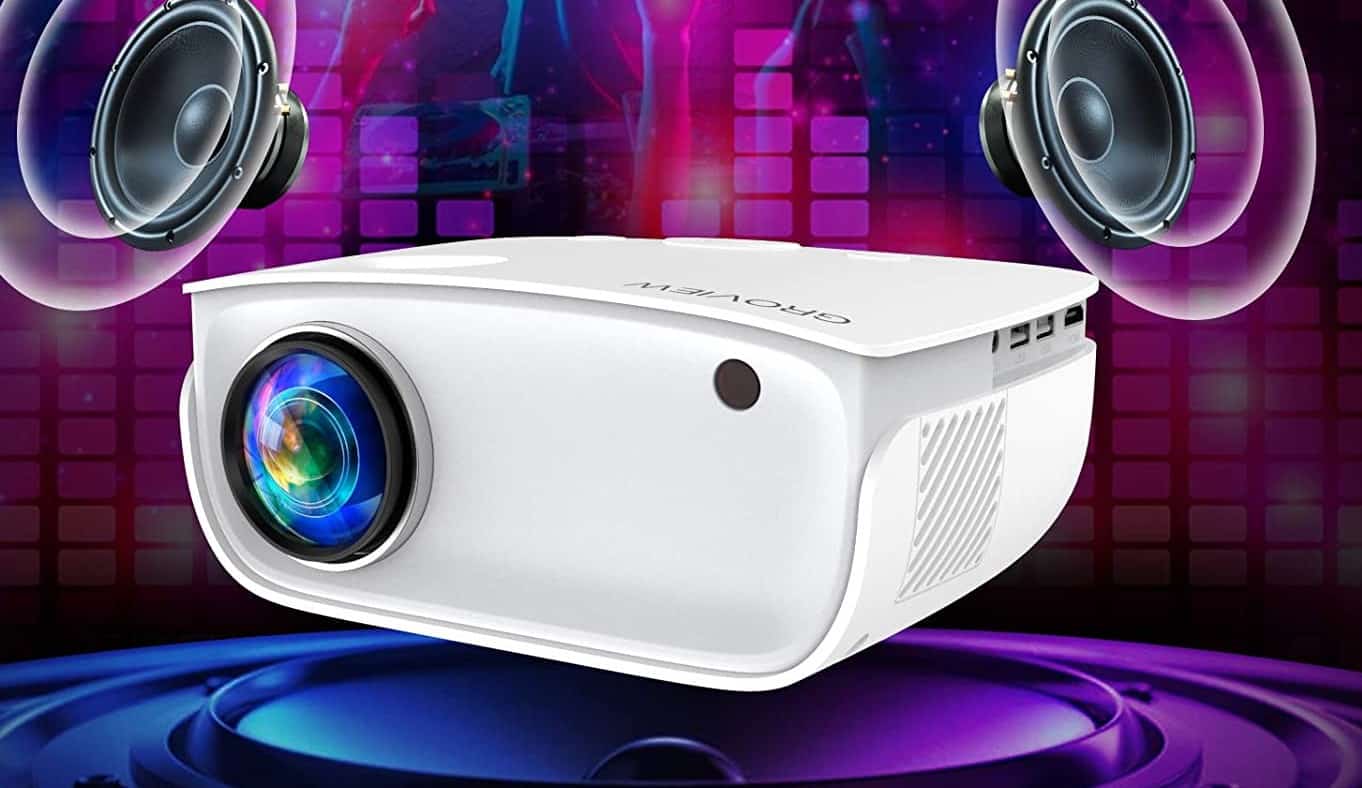
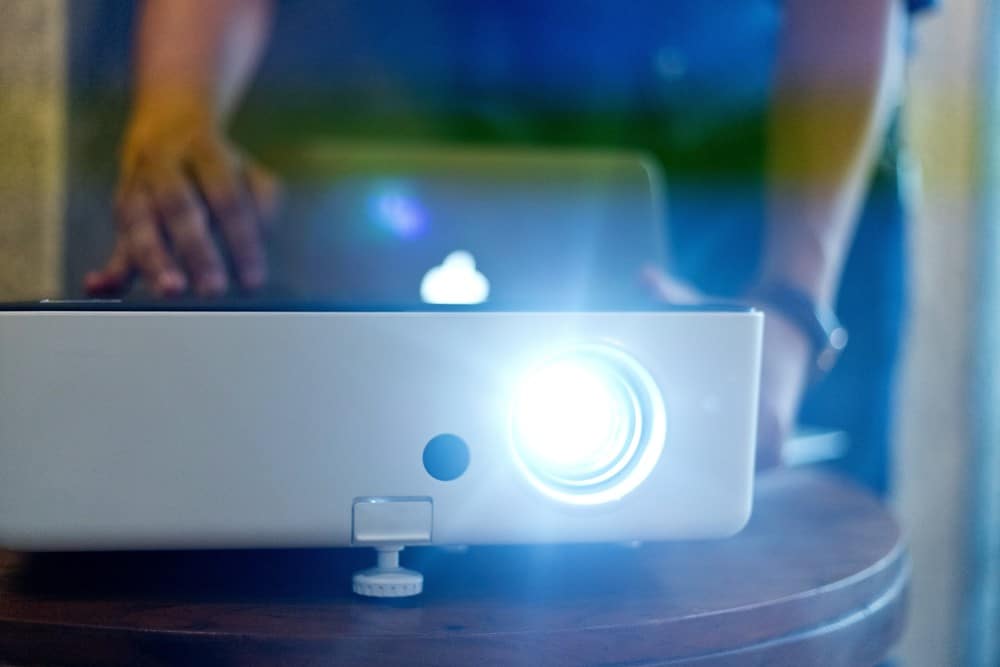

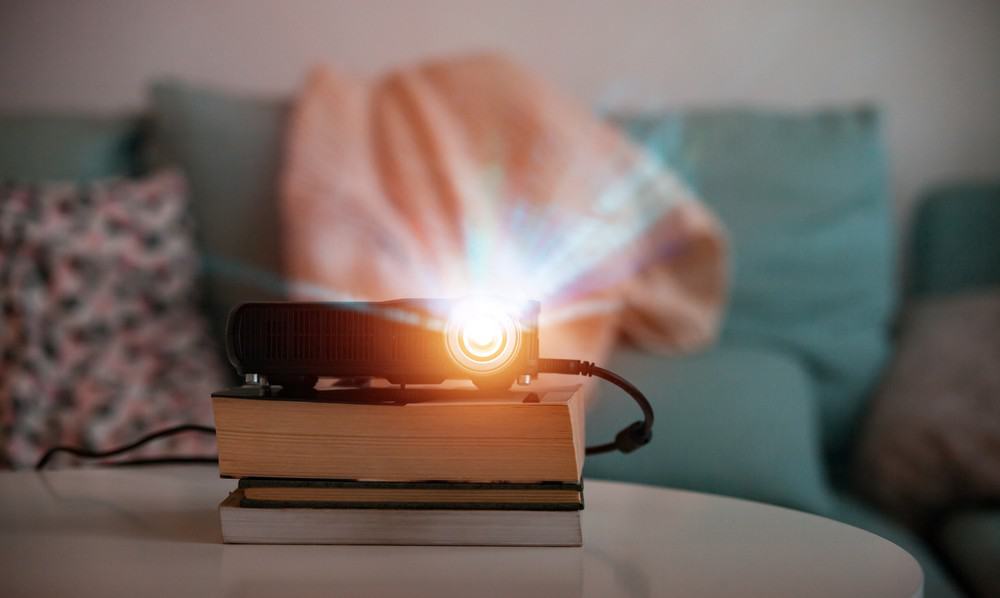
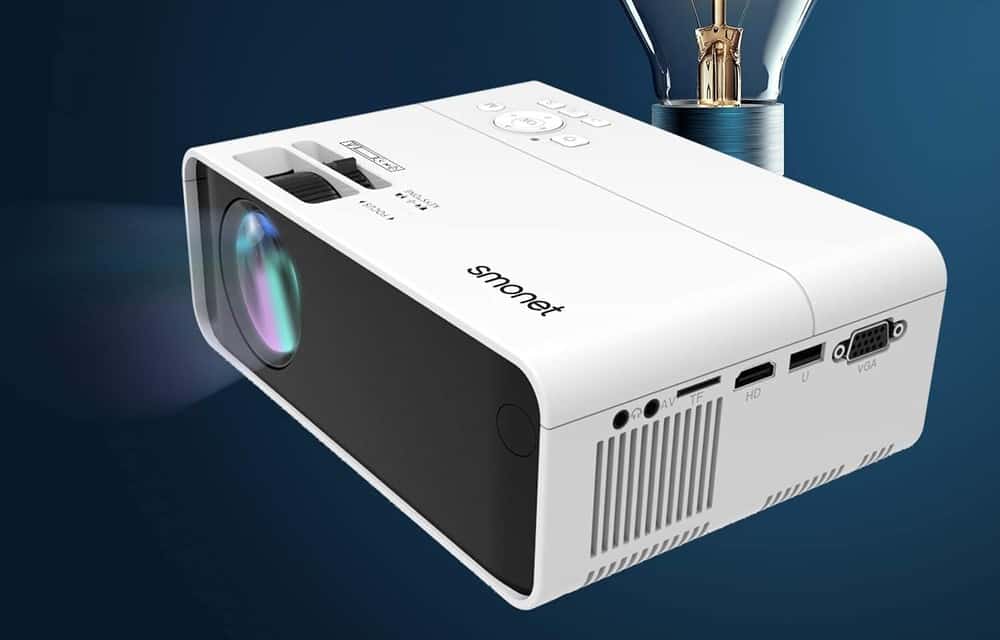
![Best Projectors for Daylight Viewing in [year] 27 Best Projectors for Daylight Viewing in 2025](https://www.gadgetreview.dev/wp-content/uploads/best-projector-for-daylight-viewing-image.jpg)
![Best Samsung Projectors in [year] 28 Best Samsung Projectors in 2025](https://www.gadgetreview.dev/wp-content/uploads/best-samsung-projectors-image.jpg)
![Best NEC Projectors in [year] 29 Best NEC Projectors in 2025](https://www.gadgetreview.dev/wp-content/uploads/best-nec-projectors-image.jpg)
![Best Acer Projectors in [year] 30 Best Acer Projectors in 2025](https://www.gadgetreview.dev/wp-content/uploads/best-acer-projectors-image.jpg)
![Best Quiet Projectors in [year] 31 Best Quiet Projectors in 2025](https://www.gadgetreview.dev/wp-content/uploads/best-quiet-projector-image.jpg)
![Best Projectors for Golf Simulator in [year] 32 Best Projectors for Golf Simulator in 2025](https://www.gadgetreview.dev/wp-content/uploads/best-projector-for-golf-simulator-image.jpg)
![Best Conference Room Projectors in [year] 33 Best Conference Room Projectors in 2025](https://www.gadgetreview.dev/wp-content/uploads/best-conference-room-projector-image.jpg)
![Best InFocus Projectors in [year] 34 Best InFocus Projectors in 2025](https://www.gadgetreview.dev/wp-content/uploads/best-infocus-projectors-image.jpg)
![Best Mini Projector in [year] ([month] Reviews) 35 Best Mini Projector in 2025 (December Reviews)](https://www.gadgetreview.dev/wp-content/uploads/best-mini-projector-image.jpg)
![Best Panasonic Projectors in [year] 36 Best Panasonic Projectors in 2025](https://www.gadgetreview.dev/wp-content/uploads/best-panasonic-projectors-image.jpg)
![Best Sony Projectors in [year] 37 Best Sony Projectors in 2025](https://www.gadgetreview.dev/wp-content/uploads/best-sony-projectors-image.jpg)
![Best Projector Stands in [year] 38 Best Projector Stands in 2025](https://www.gadgetreview.dev/wp-content/uploads/best-projector-stand-image.jpg)
![Best Ultra Short Throw Projectors in [year] 39 Best Ultra Short Throw Projectors in 2025](https://www.gadgetreview.dev/wp-content/uploads/best-ultra-short-throw-projector-image.jpg)
![Best Projectors for a Living Room in [year] 40 Best Projectors for a Living Room in 2025](https://www.gadgetreview.dev/wp-content/uploads/best-projector-for-living-room-image.jpg)
![Best RCA Projectors in [year] 41 Best RCA Projectors in 2025](https://www.gadgetreview.dev/wp-content/uploads/best-rca-projectors-image.jpg)
![Best Optoma Projectors in [year] 42 Best Optoma Projectors in 2025](https://www.gadgetreview.dev/wp-content/uploads/best-optoma-projectors-image.jpg)
![Best BenQ Projectors in [year] 43 Best BenQ Projectors in 2025](https://www.gadgetreview.dev/wp-content/uploads/best-benq-projectors-image.jpg)
![Best Projectors for Church in [year] 44 Best Projectors for Church in 2025](https://www.gadgetreview.dev/wp-content/uploads/best-projector-for-church-image.jpg)
![Best Projectors for Classroom in [year] 45 Best Projectors for Classroom in 2025](https://www.gadgetreview.dev/wp-content/uploads/best-projector-for-classroom-image.jpg)
![Best Epson Projectors in [year] 46 Best Epson Projectors in 2025](https://www.gadgetreview.dev/wp-content/uploads/best-epson-projector-image.jpg)
